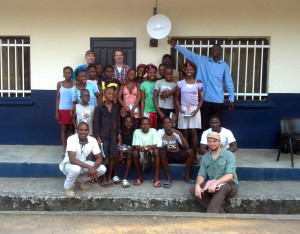Community engagement through SM is recognized as crucial for the Ebola response and “may have played a role in the decline in transmission rates” during the 2014–15 West Africa outbreak. Notably, while international and local health organizations coordinated community engagement efforts with local health departments and local leaders, communities also took matters into their own hands, and an organic community response surfaced as a way to cope with a lack of or late-arriving resources.
According to the WHO in an article about lessons learned from the 2014–15 Ebola outbreak, “community engagement is the one factor that underlies the success of all other control measures…” The article goes on to state:
Contact tracing, early reporting of symptoms, adherence to recommended protective measures, and safe burials are critically dependent on a cooperative community. Having sufficient facilities and staff in place is not enough. In several areas, communities continued to hide patients in homes and bury bodies secretly even when sufficient treatment beds and burial teams were available. Experience also showed that quarantines will be violated or dissolve into violence if affected communities are given no incentives to comply.
Given these observations, it is critical that programs devote time and attention to community engagement. This chapter will therefore focus specifically on community engagement to create behavior change, which is part of the Ebola outbreak response.
Key Considerations for Effective Community Engagement
Selecting and recruiting mobilizers for engagement and service delivery
Best Practices in Social Mobilization
Examples of communication campaigns and responses from Sierra Leone, Nigeria, and Liberia

